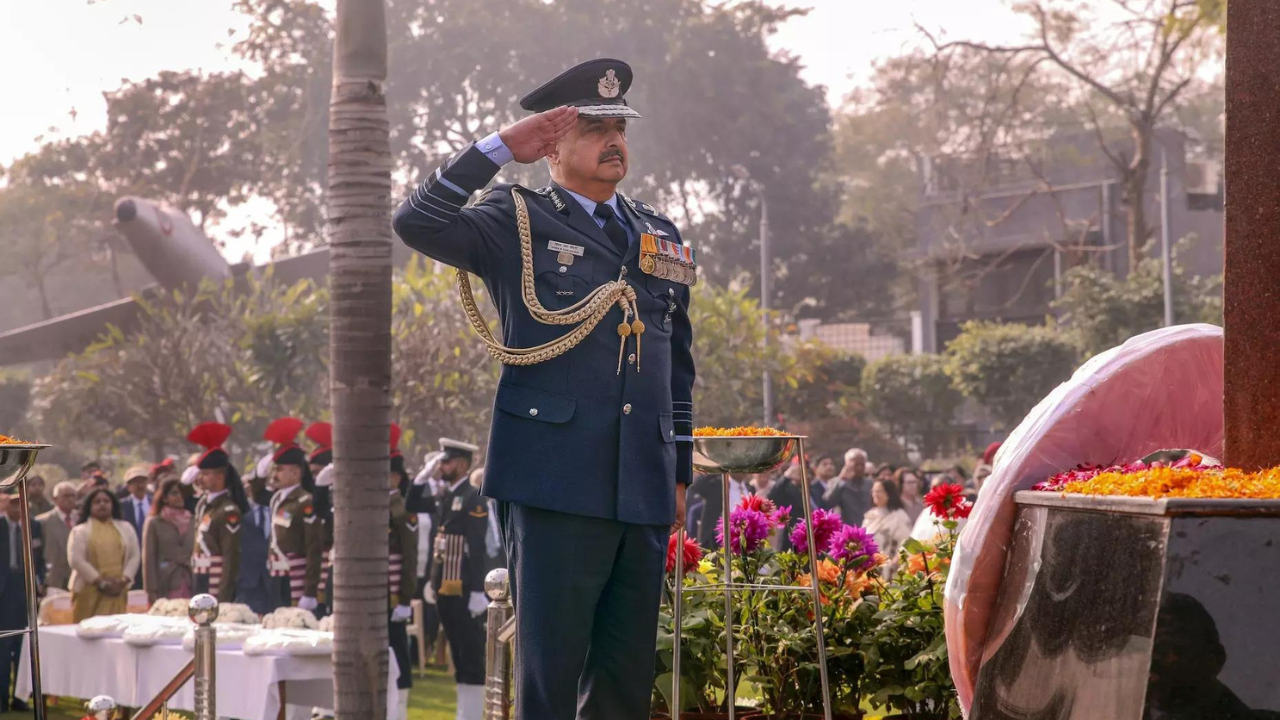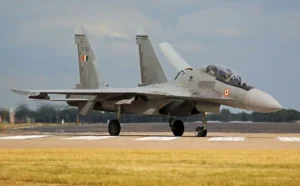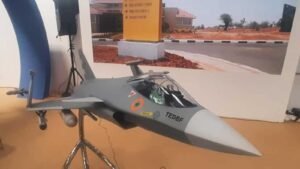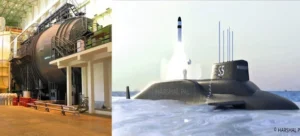“Through the annals of human history, the skies have often been regarded as realms of wonder and exploration, where dreams take flight and boundaries dissolve into the vast blue expanse,” he said.
Yet, beneath this calmness lies a domain “fraught with competition where contest for aerial superiority” has shaped the destiny of many nations and decided the outcome of many wars, the chief of the Indian Air Force (IAF) said.
“As we navigate these uncharted skies, air power being a key component of national power, would undoubtedly play a pivotal role and also serve as a symbol of national strength, a tool for peace and cooperation,” he said.
The IAF chief said, “We all need to acknowledge that wars of the future will be fought differently.”
Future conflicts will be characterised by a blend of simultaneous application of kinetic and non-kinetic forces, high-levels of battle space transparency, multi-domain operations, a high-degree of precision, enhanced lethality, a compressed sensor-to-shooter cycle, and of course, all under intense media scrutiny, he said. The air chief marshal also said, “Balakot-like operations have shown that given the political will, aerospace power can be effectively carried out beyond enemy lines, in a no-war, no-peace scenario, under a nuclear overhang without escalating into a full-blown conflict.”
Space has also emerged as a “critical domain for conduct of military operations”, wherein seamless communication, navigation and surveillance capabilities would enhance survivability of modern military forces, the IAF chief said.







